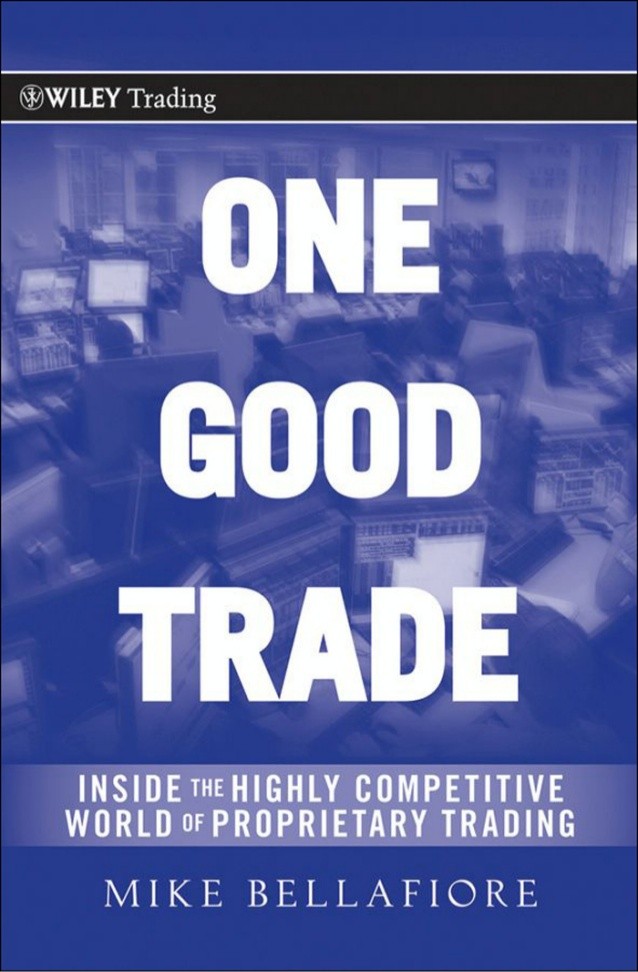Apple As An Example Of How to Use a Bull Call Spread to Trade_1
Post on: 12 Апрель, 2015 No Comment

Contents
An options spread is the action of opening two contrasting or complimentary options positions. In general, this is done as a hedge against risk. though it can also be used as an investment strategy in its own right. Some examples of typical options spreads are listed here.
Bull Put Spread
A bull put spread is an option strategy of selling some put option at a certain strike price, and buying the exact number of put options with a lower strike price (with the same expiration). Since the value of the puts with the higher strike price is higher, the trader earns a small profit if the stock price rises above the strike price of the options he sold.
Full profit is realized when the higher strike expires out of the money. The position generates a net credit, which means that when the position is opened, the seller receives cash. The amount received is the maximum possible profit for the position; if the position needs to be closed at a smaller profit, or at a loss, the seller must purchase back the short position (and sell the long position, which is always worth less than the short position).
Example
Let’s say stock ABC is trading at $55 in late June 2009. You believe that the stock will stay within this range, or go up. You don’t believe the stock will drop below $50 in the next month.
- Sell a July 2009 $50 put on stock ABC for $1.50 (or $150 per 100 share contract).
- Buy a July 2009 $45 put on stock ABC for $0.50 (or $50 per 100 share contract).
You take a credit in the amount of the difference between what you sell and you buy, in this case, $1.00 ($100 per contract).
If the stock remains above $50 until expiration, the $50 put you sold will expire worthless, and you keep the cash you received for selling it. Likewise, you lose all of the money you spent purchasing the lower strike-price put.
If the stock drops below $50, the value of the put you sold will increase. So, too, will the value of the put you purchased. The latter offsets the loss you incur when you must purchase back the higher strike price put for a higher price than the one at which you sold it. The lower strike put you own acts as a hedge.
You will break even at the price of the higher strike minus the net credit you received. In this case, you would break even at expiration if the underlying stock, ABC, ended the last trading day at $49. Any price above $49 would generate a profit, with maximum profit (the net credit you received at the beginning) occurring if the options expired with the stock at or above $50. Maximum loss, which is the difference between the upper and lower strikes minus the net credit, occurs when the stock reaches the lower strike, in this case $45. The maximum loss in this example is $4.00 ($400 per contract).
When to Use a Bull Put Spread

Generally, you would open a bull put spread 30 days or less to expiration, because a decrease in the time value of your options as expiration approaches will benefit your position by eroding the value of the higher strike put. You should be confident that the stock will not decrease to your lower strike, and rather confident that it will remain at or above your upper strike price through expiration. If the stock will trade sideways, within a range, or upward, you can profit from this trade.
If you are confident the underlying stock will increase in value, you should consider purchasing a call instead. A call will offer unlimited upside, and a known maximum risk, but will likely require more significant upward movement in the underlying stock to be profitable.
Bear Put Spread
A bear put spread is a strategy of buying a number of put options at a certain strike price and selling the same number of put options (on the same underlying asset) at a lower strike price. Since the put options with higher strike price is more expensive, the investor incurs a certain cost while setting up the strategy. However, if the asset price remains below the strike price of the options he bought, the trader makes a profit from the difference between the strike price and the stock price at maturity minus the cost of setting up the strategy.
Bear put spreads are useful if investors are slightly bearish on a stock. This strategy can be replicated using two call options as well — in which case, it would be known as a bear call spread.
Bull Call Spread
A bull call spread is a strategy of buying a number of call options at a certain strike price and selling the exact number of call options (with same expiration and underlying asset) at a higher strike price. Since the value of the calls with the lower strike price is higher, the trader incurs a cost in setting up the strategy. However, if the asset price rises above the strike price of the calls he bought, the trader earns a profit from the difference between the strike price and the stock price at maturity minus the cost of setting up the strategy.
Bull call spreads are useful if investors are slightly bullish on a stock, i.e. if he expects the stock price to increase moderately. This strategy can be replicated using two put options as well — in which case, it would be known as a bull put spread.
Bear Call Spread
A bear call spread is a strategy of buying a number of call options at a certain strike price and selling the same number of call options at a lower strike price with the same maturity and underlying asset. Since the value of the calls with the lower strike price is higher, the trader earns a small profit if the stock price falls below the strike price at which he sold the options. On the other hand, he limits his downside. If the stock price increases dramatically, he would lose money on the options he sold but recover some of it as stock price crosses the strike price of the options he bought.
Bear call spreads are useful if investors are slightly bearish on a stock. This strategy can be replicated using two put options as well — in which case, it would be known as a bear put spread.














